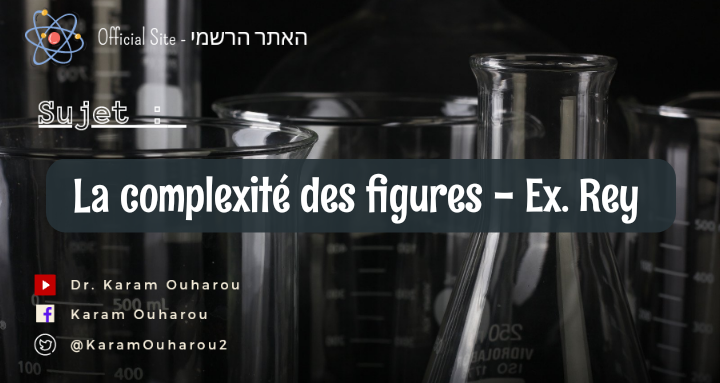Unraveling Complexity - Long-lived Quantum State Offers Insight into Radioactive Nuclei Mystery
Radioactive nuclei have long captured the attention of physicists due to their inherently unstable nature. The behavior of these nuclei challenges our understanding of the fundamental principles governing the subatomic world. A recent breakthrough in the study of radioactive nuclei involves the discovery of a long-lived quantum state, which holds the promise of shedding light on a perplexing mystery within this realm. This article delves into the significance of this discovery and its potential implications for unraveling the enigma of radioactive nuclei.
At the heart of the mystery lies the behavior of certain radioactive nuclei that exhibit unexpected properties. Specifically, researchers have observed instances where certain nuclei persist in a seemingly stable state for much longer than theoretical predictions would suggest. This phenomenon has puzzled physicists for decades, as it defies conventional understanding of nuclear decay processes. However, the recent identification of a long-lived quantum state presents a fresh avenue for addressing this mystery.
The breakthrough centers around the discovery of a unique quantum state within radioactive nuclei. This state, known as a "metastable state," possesses an unusually extended lifetime compared to other quantum states. Researchers achieved this discovery through advanced experimental techniques and sophisticated computational simulations, allowing them to characterize the properties of these long-lived states. By pinpointing the conditions under which these states emerge, scientists are beginning to unlock the underlying mechanisms responsible for their longevity.
The identification of long-lived quantum states in radioactive nuclei holds significant implications for the field of nuclear physics. Firstly, it provides a new lens through which physicists can reexamine the existing models of nuclear decay and stability. This discovery challenges established theories and necessitates a reevaluation of the underlying dynamics governing these processes. Moreover, the newfound understanding of metastable states opens doors to engineering novel approaches for controlling and manipulating nuclear stability, which could have far-reaching applications in fields such as nuclear energy and medicine.
Beyond its theoretical implications, the discovery of long-lived quantum states offers promising avenues for technological advancements. The ability to harness and manipulate these states could lead to breakthroughs in quantum computing, precision measurement, and quantum information processing. These applications have the potential to revolutionize industries and drive innovation in ways that were previously unattainable.
The journey to unraveling the mystery of radioactive nuclei is far from over. The discovery of long-lived quantum states has ignited renewed interest and collaboration among physicists worldwide. Cross-disciplinary efforts, combining expertise in nuclear physics, quantum mechanics, and computational science, are expected to accelerate progress in this field. As researchers continue to probe the depths of quantum states and their influence on radioactive nuclei, we can anticipate a deeper understanding of fundamental forces and the eventual resolution of the enigmatic properties exhibited by these nuclei.
The recent breakthrough involving long-lived quantum states within radioactive nuclei marks a significant milestone in our quest to decipher the mysteries of the subatomic world. This discovery offers fresh insights into nuclear decay processes, challenges established theories, and opens doors to transformative technological applications. As scientists delve further into the intricate realm of quantum states, we are on the brink of unlocking new frontiers in physics and paving the way for a deeper understanding of the universe's most fundamental building blocks.


Comments